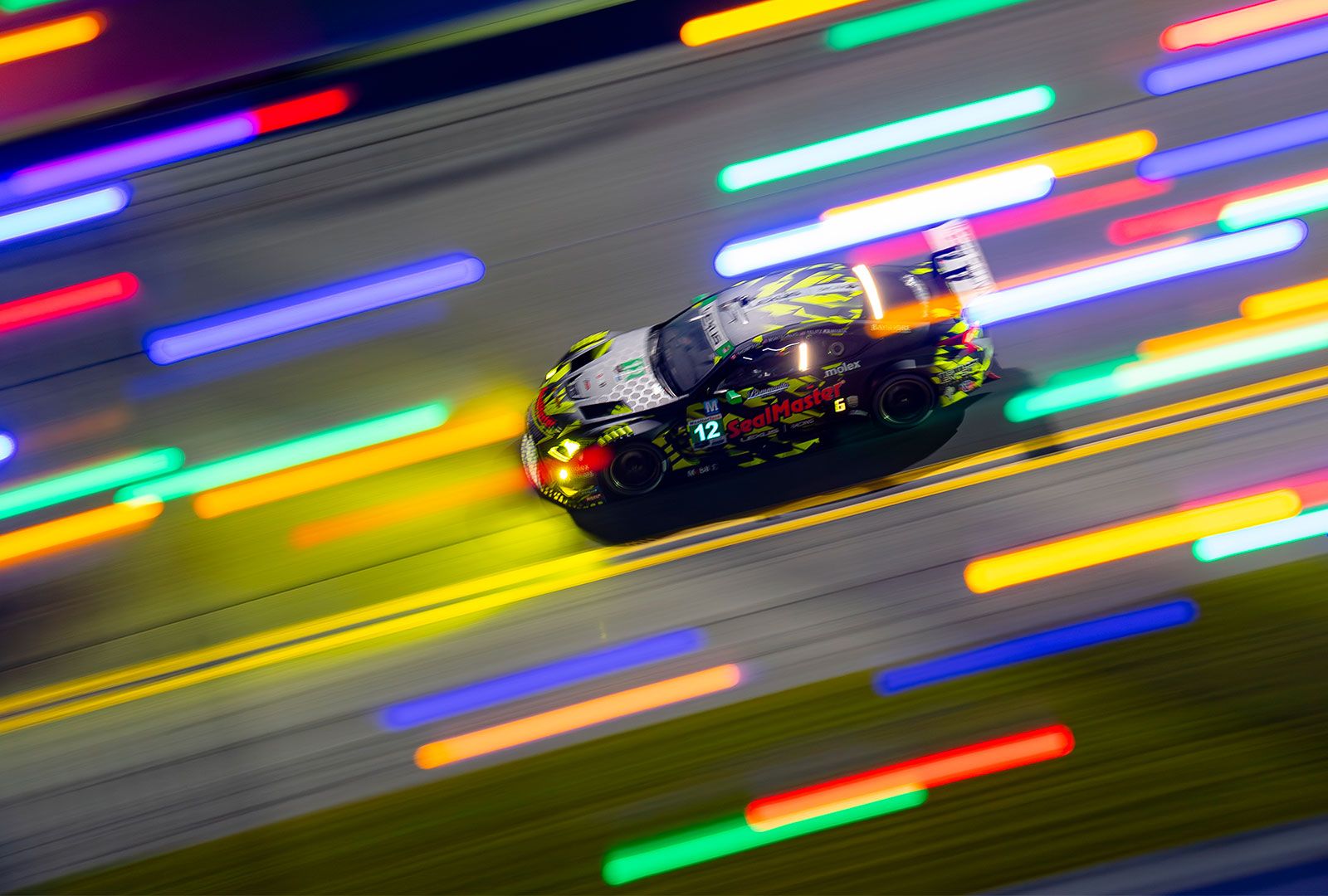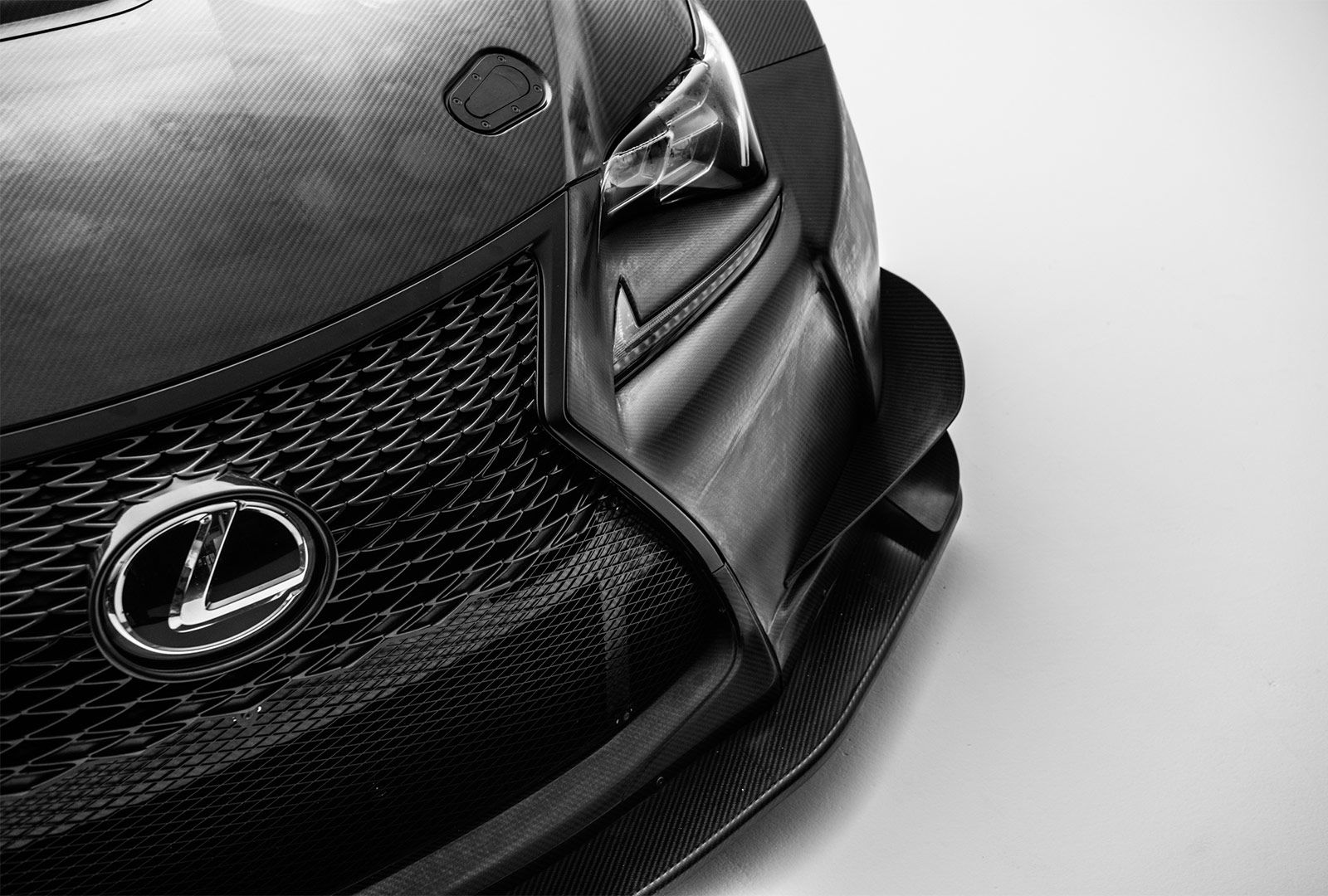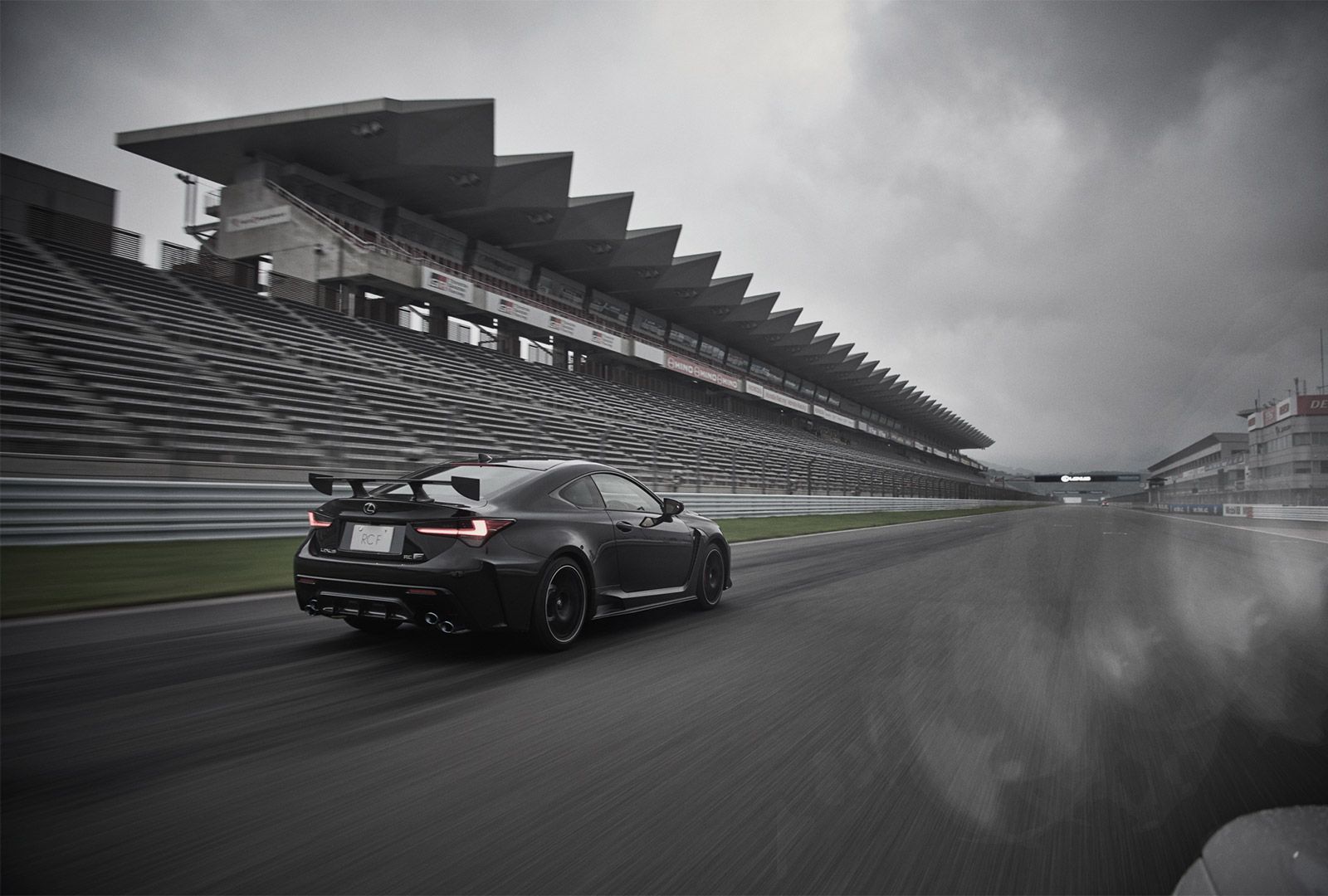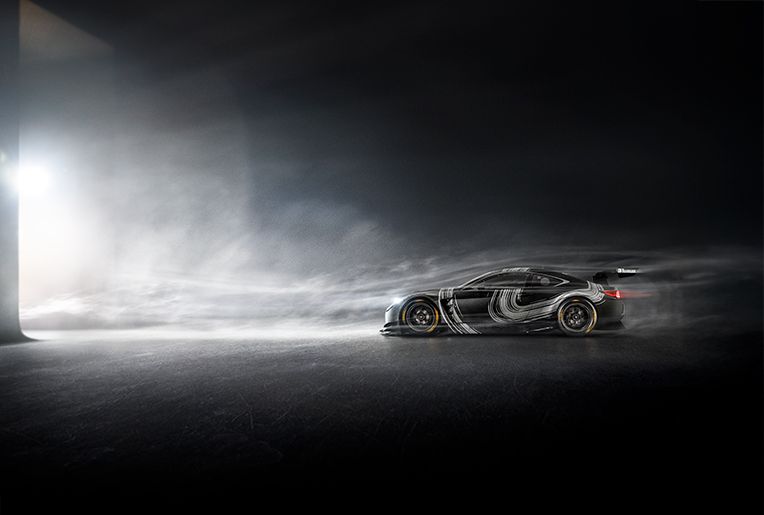The AKKODIS ASP Team based in Toulouse in the south of France is one such customer motorsport team, and they’re competing in the LMGT3 category of the FIA World Endurance Championship. The “weapon” the AKKODIS ASP Team has chosen to take into battle at the WEC is the Lexus RC F GT3. The beating heart of this magnificent beast—the naturally aspirated 5.4 liter V8—is based on the power unit in the Lexus RC F road car. In fact, the GT3 version was conceived as part of a mission to create a stable, high-performance race car that drew on the RC F road car’s fundamental characteristics and features. But “the conquering of the winds” has demanded upgraded aerodynamics for race performance as well as a lightweight, full carbon-fibre body.
- GR GT, GR GT3, and Lexus LFA Concept World Premiere
Born from the powerful vision and strong passion of Master Driver Morizo, this new era is defined by three exceptional models: the GR GT, the GR GT3, and the Lexus LFA Concept.
- Lexus Electrified: A Bold New Direction
Since 2005, Lexus has been at the forefront of pioneering electrification in the luxury market.




















